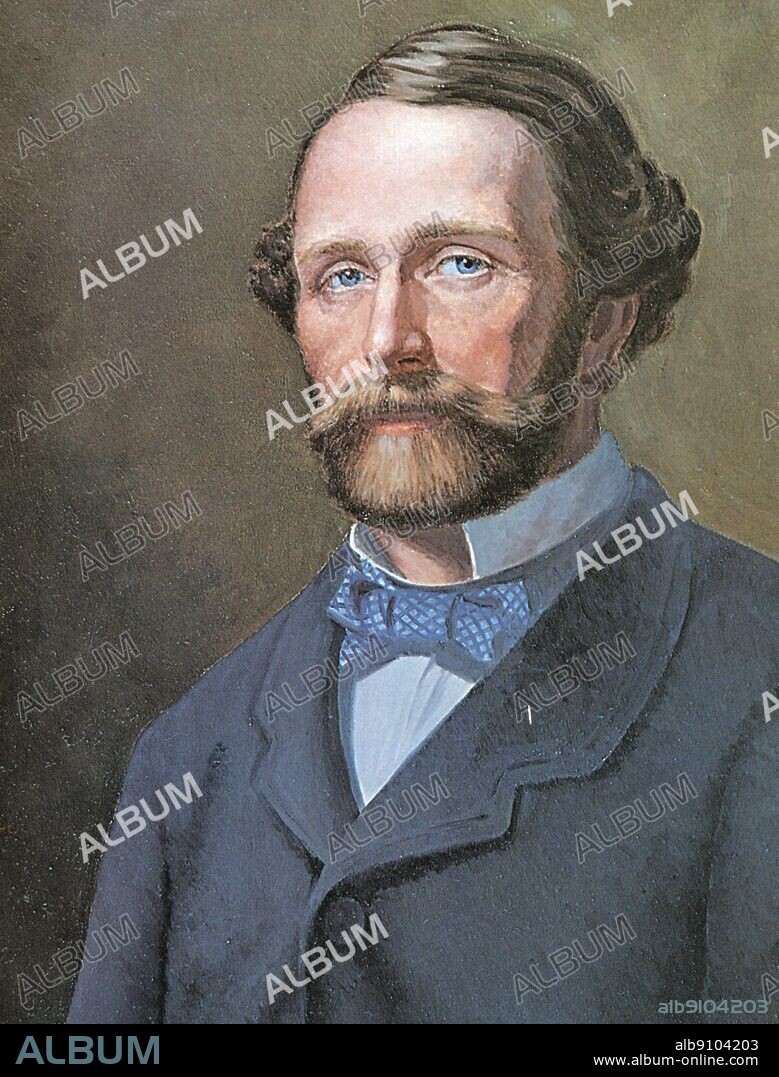alb9104203
Richard Ten Broeck was born about 1810. He left West Point owing to dissipation, insubordination, or both. He became, by some accounts, a professional gambler, by others, a chevalier d'industrie: perhaps also both. In the 1840s he emerged as an imaginative racecourse manager. In 1853 he bought a three-year-old colt called Darley after a race at Lexington, and renamed it Lexington. Though he now owned the best horse in America, he was too aggressive to be popular. In England, from 1856 he became James R. Keene's racing manager, with more personal but less financial success. He returned to America to die in poverty and obscurity. The History of Horse Racing by Roger Longrigg, page 218.

|
Zu einem anderen Lightbox hinzufügen |
|
Zu einem anderen Lightbox hinzufügen |



Haben Sie bereits ein Konto? Anmelden
Sie haben kein Konto? Registrieren
Dieses Bild kaufen.
Nutzung auswählen:

Untertitel:
Siehe automatische Übersetzung
Richard Ten Broeck was born about 1810. He left West Point owing to dissipation, insubordination, or both. He became, by some accounts, a professional gambler, by others, a chevalier d'industrie: perhaps also both. In the 1840s he emerged as an imaginative racecourse manager. In 1853 he bought a three-year-old colt called Darley after a race at Lexington, and renamed it Lexington. Though he now owned the best horse in America, he was too aggressive to be popular. In England, from 1856 he became James R. Keene's racing manager, with more personal but less financial success. He returned to America to die in poverty and obscurity. The History of Horse Racing by Roger Longrigg, page 218.
Bildnachweis:
Album / TopFoto
Freigaben (Releases):
Model: Nein - Eigentum: Nein
Rechtefragen?
Rechtefragen?
Bildgröße:
2613 x 3434 px | 25.7 MB
Druckgröße:
22.1 x 29.1 cm | 8.7 x 11.4 in (300 dpi)
Schlüsselwörter:
 Pinterest
Pinterest Twitter
Twitter Facebook
Facebook Link kopieren
Link kopieren Email
Email
